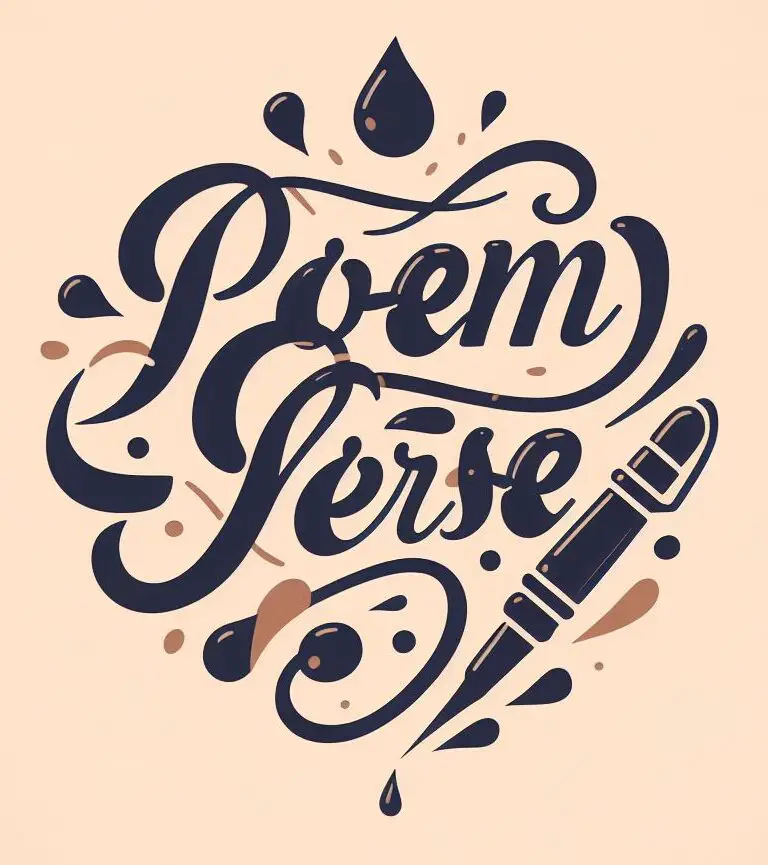Personification Poems: Rain as a Living Entity
Rain has always been a source of fascination and inspiration for poets throughout history. Often viewed as a symbol of renewal, growth, and cleansing, rain possesses the power to evoke a wide range of emotions. Personification, a literary device used to attribute human characteristics to inanimate objects or natural phenomena, allows poets to breathe life into rain, transforming it into a living entity that can interact with the world. In this article, we will explore the beauty and depth of personification poems about rain, showcasing examples that capture the essence of this mystical phenomenon.
1. "The Rainy Day" by Henry Wadsworth Longfellow
"The day is cold, and dark, and dreary;
It rains, and the wind is never weary;
The vine still clings to the mouldering wall,
But at every gust the dead leaves fall,
And the day is dark and dreary."
This timeless poem by Henry Wadsworth Longfellow paints a melancholic picture of rain as an unwavering force that brings sadness and desolation. By personifying rain as someone who is relentless and unyielding, Longfellow creates a sense of despair, enhancing the reader's connection with the somber mood.
2. "A Rainy Night" by Dorothy Parker
"Tonight the rain is full of ghosts,
Ghosts that tap and sigh
Upon the glass and listen for
Reply;
And in my heart there stirs a quiet pain
For unremembered lads that not again
Will turn to me at midnight with a cry."
Dorothy Parker masterfully personifies rain in this haunting poem, turning it into a conduit for lost spirits. The rain becomes a medium through which the spirits of departed loved ones seek solace, amplifying the speaker's sense of longing and nostalgia. Parker's skillful use of personification allows the reader to feel the weight of the emotions expressed.
3. "Rain on the Roof" by Coates Kinney
"When the humid shadows hover
Over all the starry spheres,
And the melancholy darkness
Gently weeps in rainy tears,
What a joy to press the pillow
Of a cottage-chamber bed,
And to listen to the patter
Of the soft rain overhead!"
Coates Kinney's poem beautifully personifies rain as a weeping entity, mourning in gentle tears. By attributing emotions to rain, Kinney enhances the reader's sensory experience, inviting them to appreciate the soothing sound of raindrops falling on a rooftop during a quiet night. This personification elevates rain to a comforting presence that offers solace and tranquility.
4. "Rain" by Edward Thomas
"Rain, midnight rain, nothing but the wild rain
On this bleak hut, and solitude, and me
Remembering again that I shall die
And neither hear the rain nor give it thanks
For washing me cleaner than I have been
Since I was born into this solitude."
Edward Thomas's "Rain" personifies rain as a cleansing force, capable of purifying the speaker's soul. Through the use of personification, Thomas creates a connection between the rain and the speaker's inner transformation. The rain becomes a catalyst for self-reflection and renewal, symbolizing the cycle of life and the inevitability of death.
Personification adds an extra layer of depth and emotion to poems about rain, allowing the reader to perceive rain as a living entity with its own thoughts and feelings. From Longfellow's melancholy rain to Kinney's comforting downpour, each poem demonstrates the power of personification to evoke a myriad of emotions and create a more intimate connection between the reader and the natural world. So, the next time you find yourself caught in a rain shower, take a moment to appreciate the dance of the raindrops and imagine the stories they might tell if given a voice.

Entradas Relacionadas